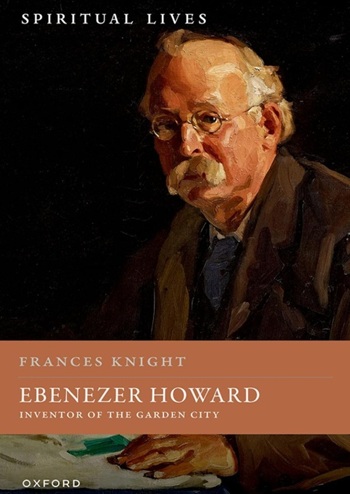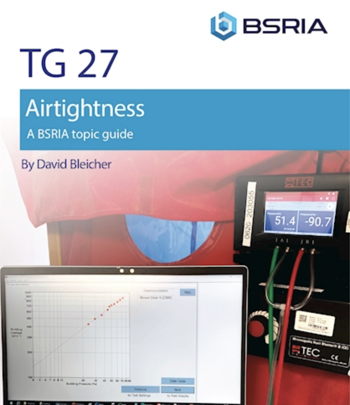Without quantities
Contents |
[edit] Introduction
The term ‘without quantities’ refers to a construction contract or tender documents that do not include specific measured quantities of the items of work identified by the drawings and specifications. It can be used on projects where it is not possible to prepare a bill of quantities (BOQ) at the time of tendering. This might be because the design is progressed enough for tendering purposes but not firm enough to provide accurate quantities.
Smaller projects, or alteration work may also be tendered without quantities, for example where a schedule of works is prepared allowing the pricing of items, such as builders' work and fixing schedules. For more information see: Schedule of works.
An intermediate position between the two approaches is ‘approximate quantities’. For more information see: Approximate quantities.
[edit] Contract features
Tendering on the basis of “without quantities” can allow selection of the contractor and so expedite the project program. Generally, the design will be relatively complete, but may be insufficient time or information to determine the quantities. Drawings, specifications and schedules will generally form the key contract documents if projects are procured in this way.
Procuring ‘without quantities’ will result in a lump sum contract. There will be no re-measurement required and it can simplify the valuation process. This might initially give cost certainty for the client but there can be disadvantages later if variations are required, and there is disagreement about the rates to be charged for changes. A pricing document might be prepared during the tender stage, but it might not be detailed enough to capture all rates that could apply to changes. The drawings, specification and schedules should therefore capture as much detail as possible to minimise variations.
[edit] JCT contracts
The JCT Standard Building Contract is an example of a contract that can be used without quantitates. JCT give the following guidance for contracts ‘without quantities’:
- The project is generally not complex enough to require bills of quantities.
- The employer must provide drawings together with a description of works, and either a specification or work schedules at tender stage.
- The price and payment structure is based on a lump sum with monthly interim payments.
- Pre-construction services agreements can be used with this contract.
- This contract can be used with a framework agreement.
- This contract can be used for both private and public sector projects.
[edit] Related articles on Designing Buildings Wiki
- Approximate quantities.
- Bill of quantities.
- Contract documents.
- Form of contract.
- Lump Sum.
- Procurement route.
- Schedule of works.
- Tender documents.
- Tender pricing document.
- Types of bill of quantities.
- Unpriced bill.
[edit] External references:
Featured articles and news
A change to adoptive architecture
Effects of global weather warming on architectural detailing, material choice and human interaction.
How big is the problem and what can we do to mitigate the effects?
Overheating guidance and tools for building designers
A number of cool guides to help with the heat.
The UK's Modern Industrial Strategy: A 10 year plan
Previous consultation criticism, current key elements and general support with some persisting reservations.
Building Safety Regulator reforms
New roles, new staff and a new fast track service pave the way for a single construction regulator.
Architectural Technologist CPDs and Communications
CIAT CPD… and how you can do it!
Cooling centres and cool spaces
Managing extreme heat in cities by directing the public to places for heat stress relief and water sources.
Winter gardens: A brief history and warm variations
Extending the season with glass in different forms and terms.
Restoring Great Yarmouth's Winter Gardens
Transforming one of the least sustainable constructions imaginable.
Construction Skills Mission Board launch sector drive
Newly formed government and industry collaboration set strategy for recruiting an additional 100,000 construction workers a year.
New Architects Code comes into effect in September 2025
ARB Architects Code of Conduct and Practice available with ongoing consultation regarding guidance.
Welsh Skills Body (Medr) launches ambitious plan
The new skills body brings together funding and regulation of tertiary education and research for the devolved nation.
Paul Gandy FCIOB announced as next CIOB President
Former Tilbury Douglas CEO takes helm.
UK Infrastructure: A 10 Year Strategy. In brief with reactions
With the National Infrastructure and Service Transformation Authority (NISTA).
Ebenezer Howard: inventor of the garden city. Book review.
Airtightness Topic Guide BSRIA TG 27/2025
Explaining the basics of airtightness, what it is, why it's important, when it's required and how it's carried out.





















